Global Supply Chain Dynamics
The dynamics of The Factoring Industry. As businesses expand their operations internationally, they encounter complexities related to cash flow and payment cycles. Factoring Market offers a solution by enabling companies to manage their receivables more effectively, particularly in cross-border transactions. The increasing interconnectedness of markets has led to longer payment terms, which can strain cash flow. Recent data suggests that businesses engaged in international trade are increasingly turning to factoring to mitigate these challenges. This trend indicates a growing recognition of factoring as a strategic financial tool within the context of global supply chains. Consequently, the Factoring Market is likely to benefit from the rising demand for factoring services that address the unique needs of businesses operating in diverse markets.
Evolving Regulatory Frameworks
The evolving regulatory frameworks surrounding financial services are influencing the Factoring Market. Governments and regulatory bodies are increasingly recognizing the importance of alternative financing solutions, including factoring, in promoting economic growth. Recent regulations have aimed to enhance transparency and protect the interests of both businesses and financial institutions. For instance, initiatives that streamline the process of invoice financing and reduce bureaucratic hurdles are likely to encourage more businesses to engage in factoring. This regulatory support not only fosters a conducive environment for the Factoring Market but also enhances the credibility of factoring as a legitimate financing option. As regulations continue to evolve, they may further stimulate demand for factoring services, particularly among businesses seeking to optimize their cash flow.
Rising Small and Medium Enterprises (SMEs)
The increasing number of small and medium enterprises (SMEs) is a pivotal driver for the Factoring Market. SMEs often face challenges in accessing traditional financing options due to stringent credit requirements. As a result, they turn to factoring as a viable alternative to improve cash flow and manage operational expenses. In recent years, the number of SMEs has surged, with estimates suggesting that they account for over 90% of businesses in many regions. This trend indicates a growing reliance on factoring services, which provide immediate liquidity by converting receivables into cash. The Factoring Market is thus positioned to benefit from this expanding base of SMEs, as they seek flexible financing solutions to support their growth and sustainability.
Increased Focus on Working Capital Management
The heightened focus on working capital management among businesses is driving the Factoring Market. Companies are increasingly recognizing the importance of maintaining adequate liquidity to meet operational needs and invest in growth opportunities. Factoring Market provides an effective solution by allowing businesses to convert their receivables into immediate cash, thus improving their working capital position. Recent studies indicate that businesses utilizing factoring services report a 20% improvement in cash flow management. This trend underscores the growing acceptance of factoring as a strategic tool for optimizing working capital. As organizations continue to prioritize financial agility, the Factoring Market is poised to expand, catering to the needs of businesses seeking to enhance their liquidity.
Technological Integration in Financial Services
Technological integration within the financial services sector is a significant driver for the Factoring Market. The advent of digital platforms and fintech solutions has revolutionized how factoring services are delivered. Companies can now access factoring services online, facilitating quicker approvals and disbursements. Data analytics and artificial intelligence are also being employed to assess creditworthiness and streamline operations, thereby enhancing efficiency. According to recent data, the adoption of technology in financial services has increased by over 30% in the last few years. This trend suggests that the Factoring Market is likely to experience accelerated growth as businesses increasingly seek tech-driven solutions to manage their receivables and improve cash flow.


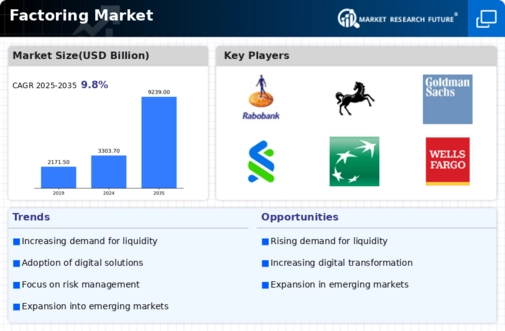
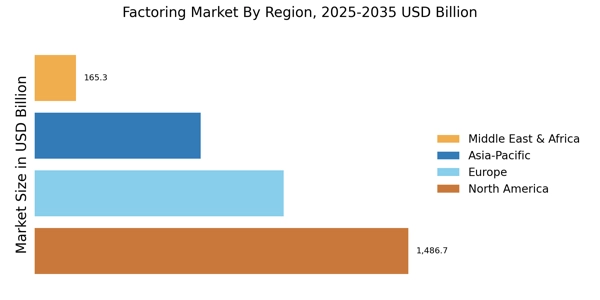
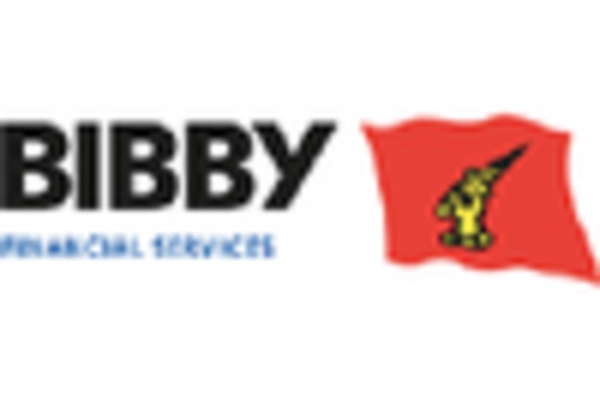

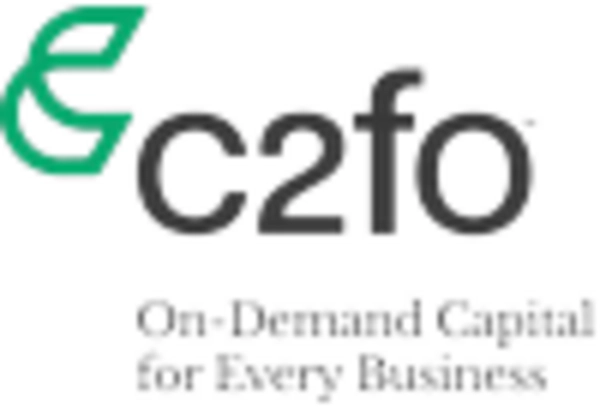
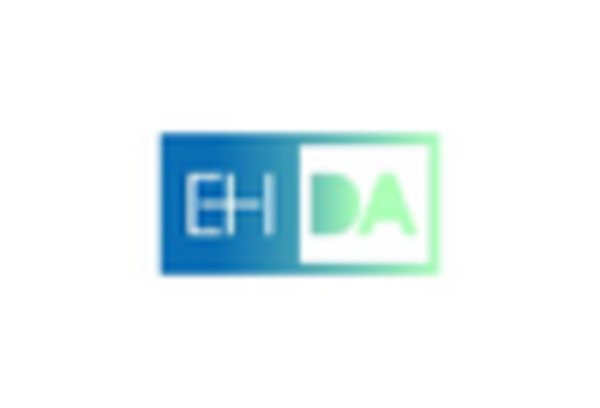
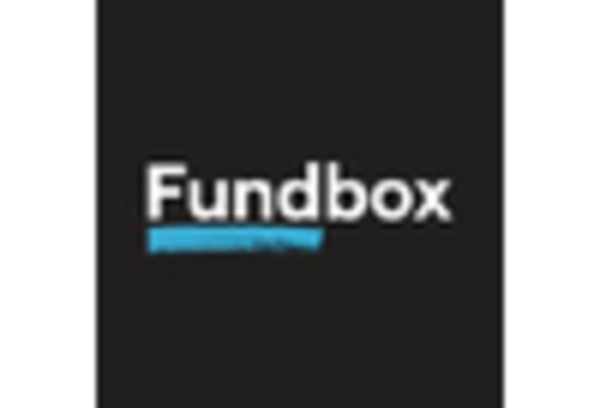









Leave a Comment